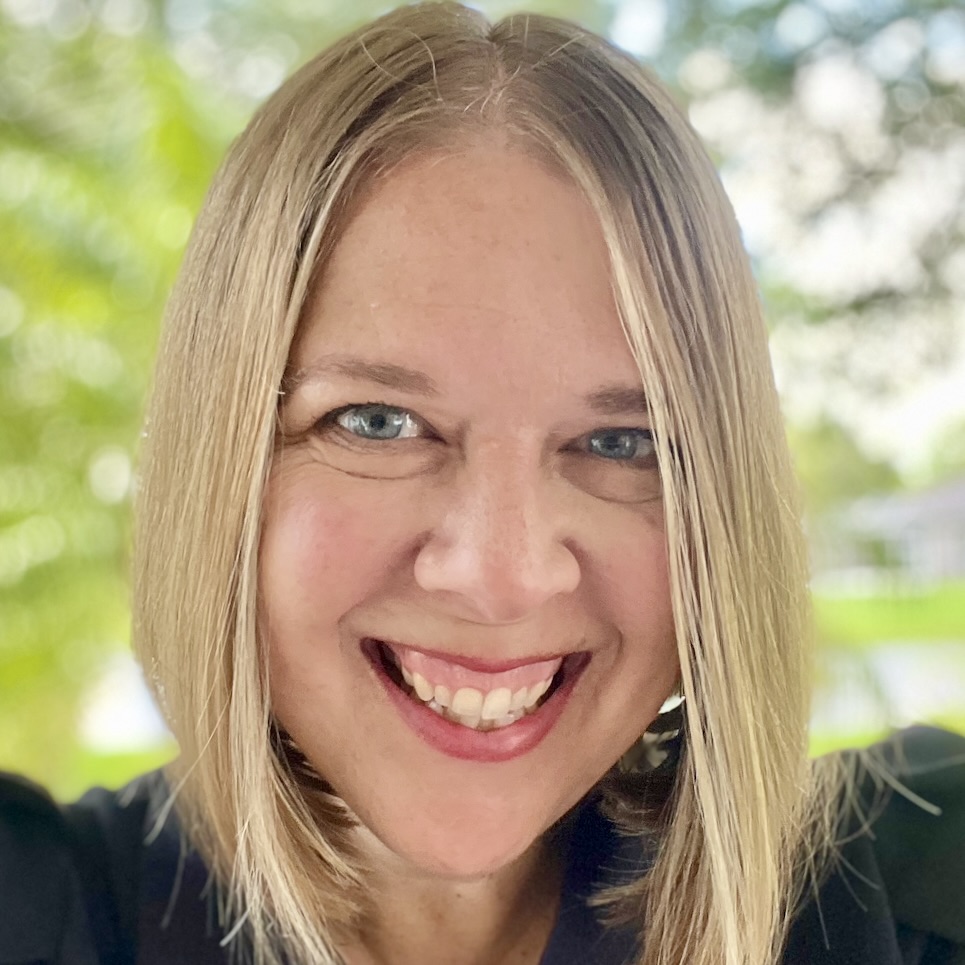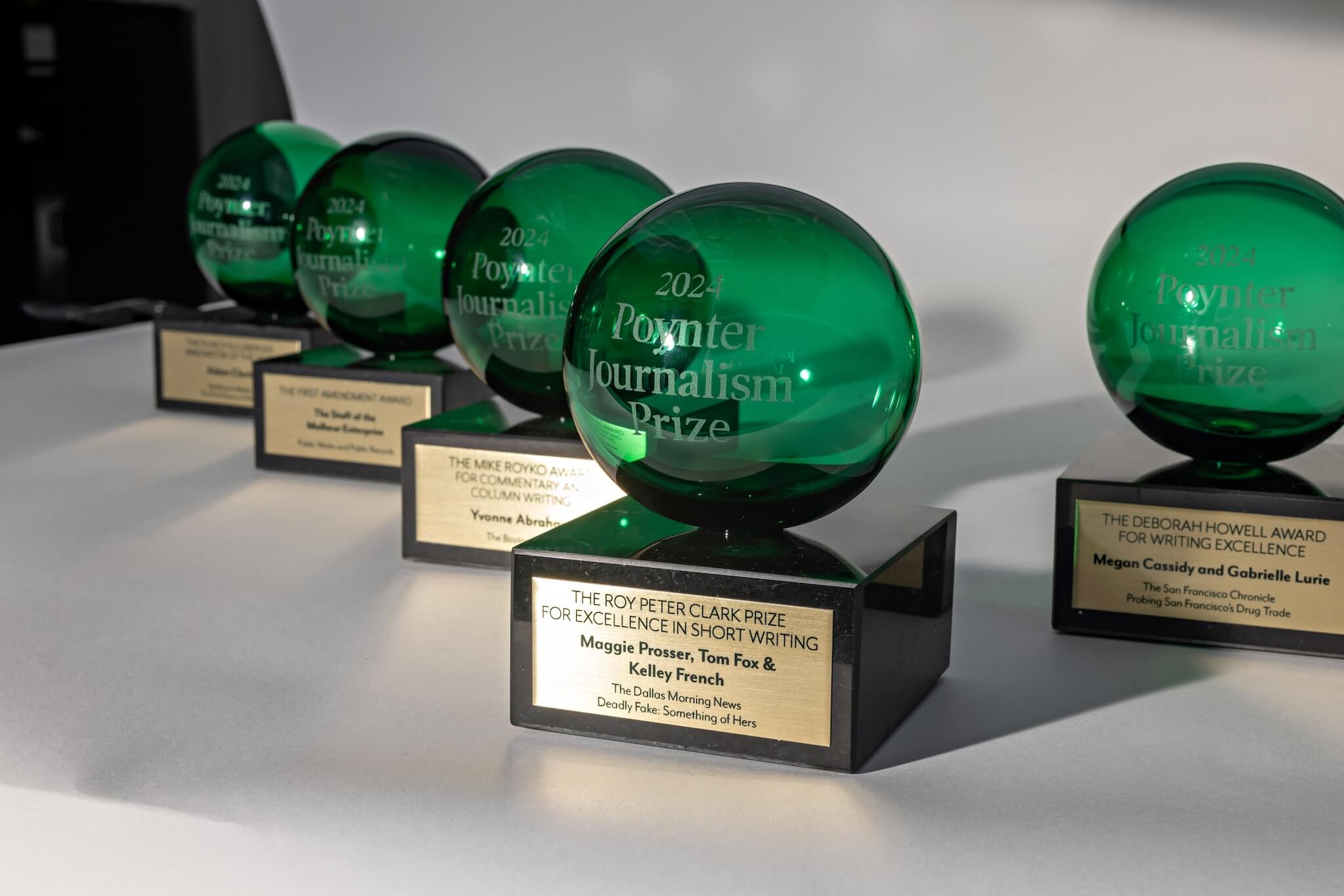The food team at NOLA.com | The Times-Picayune has its own Instagram account with more than 56,000 followers. It has a Facebook group, too, with more than 42,500 members.
What they don’t have? Their own dedicated social media editor.
The team behind Where Nola Eats is made up of three veteran journalists: Ann Maloney, Todd Price and Brett Anderson. They break news, write features, maintain their growing social media communities and cover the complex world of food in New Orleans.
To do all that, they had to drastically change both the way they thought about their work and the way they did it.
Completely different
From 2004 to 2012, Maloney was the arts and entertainment editor at the Times-Picayune.
“My job is completely different now,” she said.
In 2012, as the paper went through cuts and home delivery reductions, it also started making a transition toward digital audiences. The work of becoming a round-the-clock operation was fascinating, challenging, daunting and depressing, Maloney said. She realized she could wring her hands and leave, or dive in and figure it out.
“I personally just decided that I wanted to stay in journalism, that I loved it, that I think it’s vital and important, and I also think that features journalism is vital and important,” she said.
Price was brought on around that time to cover food. Maloney was the entertainment editor. Judy Walker, who is now retired, was the food writer. Anderson spent that year out of the newsroom as a Nieman fellow.
In 2016, Maloney became a food writer. That year, Where NOLA Eats launched, including on Instagram and Facebook.
They’re not just food writers anymore, Price said.
“We’ve just learned that everything we do is covering our beat.”
They use Instagram and Facebook to engage with readers, to find new ideas and to gauge what’s working and what isn’t with their coverage. It isn’t about just sharing their work, but meeting with people online every day and looking for new ways to reach them where they are. Both he and Maloney manage the social media accounts, with some help from the Times-Picayune’s social media team. The Facebook group is Maloney’s favorite.
“I absolutely love this group,” she said. “They’re very very interested in what I’m very very interested in.”
And while the food team hosts it, it’s those 42,000-plus people who keep it vital and interesting, she said.

More than a traffic play
When the Facebook group first launched, Maloney thought it would take a lot of work to maintain. They do have rules and will delete comments or ban people if those people get nasty. But the members of the group, she said, really keep it running.
On Tuesday, for example, the team posted to the page about eight times. The community posted 28.
Related training: Cultivating Local News Communities with Facebook Group
It’s a microcosm of New Orleans food lovers, Maloney said — diverse in age, race and geography. But it does not drive a lot of traffic back to the site, she said.
“So the value in it has to be that it is developing relationships in the community, which I’m doing, and it’s learning from the community, which I’m doing.”
When they started Where NOLA Eats, the team wanted to find ways to write more about neighborhood restaurants, the places real people eat and the places and foods that make New Orleans fascinating and delicious, Anderson said.
A few years ago, he discovered just such a place thanks to social media. It’s a gumbo stop in a Metairie strip mall, and it felt like his own secret place to go for lunch. When the Facebook group started, he noticed a lot of people also loved that place.
“It made me realize it’s not right for me to be thinking of it as my secret little place,” he said. “It was the place that I don’t feel like food writers are writing about. That doesn’t mean it’s a secret. It just means food writers aren’t writing about it. We want to know about those places.”

The first batch
Not everything the food team tried has worked.
“There was a time when we reorganized to digital where, from where I sit, it felt as if the most important mission was velocity,” Anderson said. “I don’t feel like that is where we’re at anymore. I feel like we’re more talking about story selection, where our resources are best spent, while still creating a lot of stories.”
It’s been hard to let go of things she thought were important, Maloney said, but seeing data including pageviews shows what’s important to readers and what isn’t. It’s not the only measure, she said, but it’s helped them stop blanket event coverage, for instance, and the food writers’ instinct to write about every holiday dish, regardless of whether or not it has a local angle.
“My focus has to be on New Orleans food,” she said.
Related training: We can’t do more with less — here’s how to say no
People love reading about restaurant openings and closings, but that doesn’t mean each one needs a 1,000-word feature. Now, Maloney said, they’re driven by newsworthiness, not print news holes.
It’s also taken time to figure out how to balance in-depth reporting with iterative, incremental reporting, she said.
The team spends much more time on the platforms where their audience is — Facebook and Instagram, than it does on Twitter (where it has 3,700-plus followers,) and YouTube (where it has 606 subscribers.) They pulled back on video. In the beginning, they considered having a separate site. They’ve experimented with Facebook Live. They haven’t yet launched a podcast, although they’ve talked about it.
Most newspapers are significantly smaller than they once were. Even with a team of three, which is big compared to most, it’s tough, Maloney said. Her advice? Use your resources wisely and don’t get discouraged. You can still do great work.
“Just because you’re getting smaller, you have to refine your mission, but it doesn’t mean that you have to forgo quality.”

Good taste
The food team spends a lot of its time with people online, but it also has The Todd Price Taste Club, an event eight times a year that brings people together with Price, a chef and a local restaurant.
The Taste Club brings in sponsorships to the ticketed event. (The latest costs $80 a person.)
“We don’t want to make it just another dinner,” Price said.
He interviews the chef at the event and works to give the experience some journalistic value, he said.
The team also produces regular dining guides, a monthly column from Price and Anderson on where to eat, an updated and evolving list of critics picks and topical food guides.
Anderson has spent the past year and a half on enterprise work, including reporting that exposed serial sexual harassment allegations against celebrity chef John Besh, who stepped down 48 hours after the story ran. In 2017, Eater announced that Anderson "Created the Watershed Moment of the Year" for his work.
Maloney is getting ready to launch a cooking club early next year that brings people together with high profile chefs. She’d like to do more face-to-face events, both formal and casual. And she’s hoping next year to make time to work on more big projects
The Where NOLA Eats team has all been doing this for a while. But no one’s getting too set in their ways, even the new ones, because those ways are no longer set.
“I would say that if you’re working in a newsroom today, it’s constantly changing,” Maloney said. “If you’re not nimble and ready to try anything, pick up every tool, change your workflow, change the way you report and the different styles of reporting, you can’t make it.”







